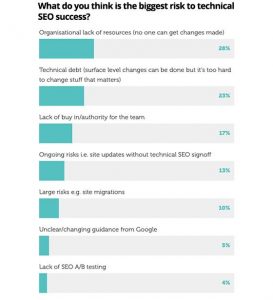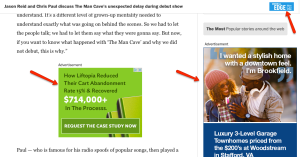You work hard to drive up sales and, somehow, your business has steadily grown. Your client base has become bigger. And, your office has gotten busier.
This is all good – except that your team is at work for longer hours. They come in everyday looking tired, even in the morning. You also notice a spike in overtime pay and overhead bills. Some of your clients aren’t taken care of promptly.
Could it be that you have an inaccurate staffing plan, one that does not consider your future growth?
Being understaffed can be as crippling as lacking quality leads. Your people make your business. Having a great team on your side is a measure of your business’ health.
Here are a few tips to help you deal with understaffing and come up with a better staffing plan.
Staffing Plan Tip 1: Practice Strategic Staffing Processes
Strategic staffing processes refer to strategies that help you assess and plan your current and future manpower requirements. This involves an analysis of your current staffing vis-a-vis your current work load and future growth objectives.
Some points to consider:
- Check your payroll records. Are you regularly paying overtime fees? This is one of the earliest signs of understaffing.
- Compute the average time necessary for tasks assigned to each position. Does it go over 40 hours a week? By how much? Here, you have an option to include a full- or part-time employee to your team for tasks that go beyond the mandated 40 hours.
- Assess your operational processes. Are there gaps that limit your team’s effectiveness in providing service? Those gaps can point to a need for an additional member to your team.
Staffing Plan Tip 2: Define Your Staffing Requirements
There are industries that see spikes in their manpower requirements. Examples include the service and tourism industries, which experience seasonal increases in customers. On the other hand, there are also businesses that experience surges of growth or declines in revenues, requiring them to likewise reassess their staffing.
Remember that your staffing requirements change because of a variety of reasons. Your business may be growing. Or, you belong in an industry with peak and low seasons. It could also be that technology has rendered some jobs redundant.
Understand this and then plan your current and future staffing needs accordingly.
Some points to consider:
- Conduct a detailed job analysis that matches each team member’s skills and competencies to your business’ needs. Are you paying a person to do work that could already be automated? Is the person you hired an ill-fitting employee, one that fails to contribute to the bottom line? It may be time to take action.
- See which employees require further training. Sometimes, you don’t need to increase your staff members. You just need to provide them with training.
- Check your monthly income statements to assess your budget vis-a-vis your seasonal requirements for additional employees. Is there enough work to hire a permanent employee? Or, should you go for temporary hires during your peak season?
Staffing Plan Tip 3: Assess Your Future Staffing Requirements
“A company should limit its growth based on its ability to attract enough of the right people.”
– Jim Collins, author and business consultant
We all want our business to grow. And we work hard for this – we should also plan for it.
A part of the considerations you need to make in your growth projections is your staffing requirements and budget. Growth requires additional manpower. You need to be able to anticipate and plan for this.
When the time comes, your well-planned staffing moves increase employee morale and customer satisfaction. It can also be the impetus for further growth.
Some points to consider:
- Plan for one, five and ten years.
- Anticipate promoting some of your employees. Consider this in your short-, medium- and long-term staffing plans. Remember, according to a study by the Society of Human Resource Management, it is at least 50% more expensive to recruit highly skilled employees than it is to train and promote a current employee.
Staffing Plan Tip 4: Improve Internally First
Before you look outside for additional manpower, look in first. You might already have an awesome team that just requires further training.
Plot possible employee advancement tracks based on your job analysis. When you do, you’ll see opportunities to help improve your employees’ effectiveness in their jobs.
Sometimes, it is not just more cost-effective to invest in staff training instead of hiring additional employees. It is also good for your business. You get well-trained employees who are happy with the personal growth and career advancement opportunities that you provide.
Business & Finance Articles on Business 2 Community(95)






